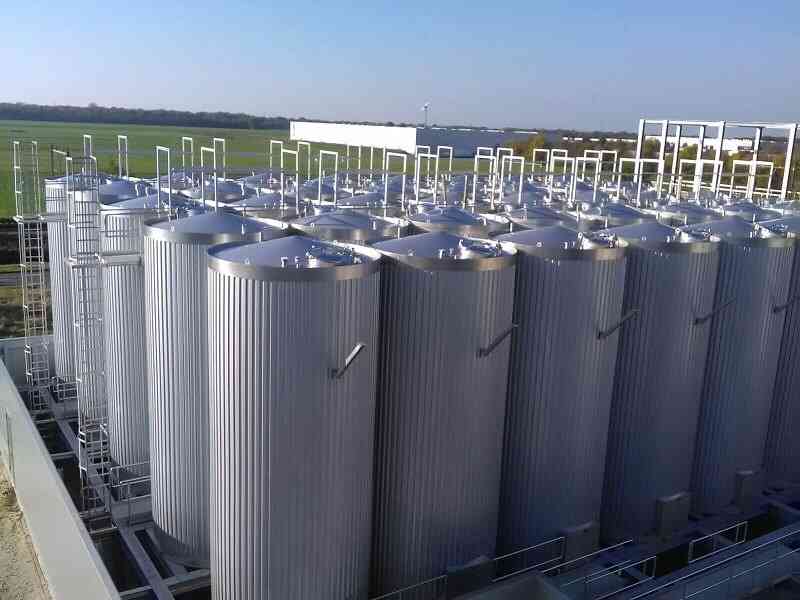Meta Description: Learn essential maintenance and inspection best practices for EN 14015 tanks to ensure safety, longevity, and compliance with industry standards.
Proper maintenance and inspection of EN 14015 tanks are critical for ensuring their long-term functionality and safety. These tanks, designed for storing petroleum, chemicals, and other liquids at ambient and higher temperatures, require consistent attention to avoid costly repairs and potential hazards.
If you own an EN 14015 tank, implementing best practices for maintenance and inspection can significantly extend its lifespan while maintaining compliance with industry standards. Here’s a guide for you to do just that.
Regular Visual Inspections
Conducting regular visual inspections is the first step in maintaining an EN 14015 tank. These inspections help identify early signs of wear and tear, corrosion, and other issues that could lead to more significant problems if left unaddressed.
- Inspect for Corrosion: Look for rust or discoloration on the tank’s surface, especially around weld seams and nozzles.
- Check for Leaks: Ensure there are no visible leaks or damp spots around the base or connections.
- Examine the Foundation: Inspect the tank’s foundation for cracks or uneven settling, which could compromise stability.
Implement a Maintenance Schedule
A structured maintenance schedule is vital to keep your EN 14015 tank in optimal condition. This schedule should include routine checks, cleaning, and repairs as needed.
- Monthly Checks: Perform minor inspections and clean the exterior to remove any debris or buildup.
- Biannual Maintenance: Conduct more in-depth inspections, including non-destructive testing (NDT), to check for internal corrosion or damage.
- Annual Overhaul: Carry out a comprehensive inspection and perform necessary repairs annually. This might involve draining the tank and inspecting the interior for any signs of degradation.
Compliance with Industry Standards
Maintaining an EN 14015 tank also involves adhering to industry standards and regulations. These standards ensure that your tank operates safely and efficiently.
- Adhere to API 653 Standards: Follow the guidelines set by the American Petroleum Institute (API) for tank inspection, repair, alteration, and reconstruction.
- Documentation: Keep detailed records of all inspections, maintenance activities, and repairs. This documentation is crucial for regulatory compliance and can help identify recurring issues.
Training and Safety Protocols
Proper training for personnel involved in the maintenance and inspection of EN 14015 tanks is essential. Ensure that all staff are familiar with the latest safety protocols and industry practices.
- Safety First: Always prioritize safety by equipping staff with the necessary protective gear and training them on emergency procedures.
- Continuous Education: Regularly update training programs to include new technologies and industry developments.
Conclusion
Regular maintenance and inspection of your EN 14015 tank are essential for ensuring its safety, efficiency, and longevity. Adhering to a structured maintenance schedule, following industry standards, and prioritizing proper training and safety protocols can help you avoid costly repairs and potential hazards.
Be sure to Implement the best practices outlined above to keep your stainless steel tank in top condition, safeguarding your operations and investments for years to come.










